
AeroGenie — Uw intelligente copiloot.
Trending
Categories
Iranian Inventor Develops Propeller-Free Propulsion System for Flying Taxis
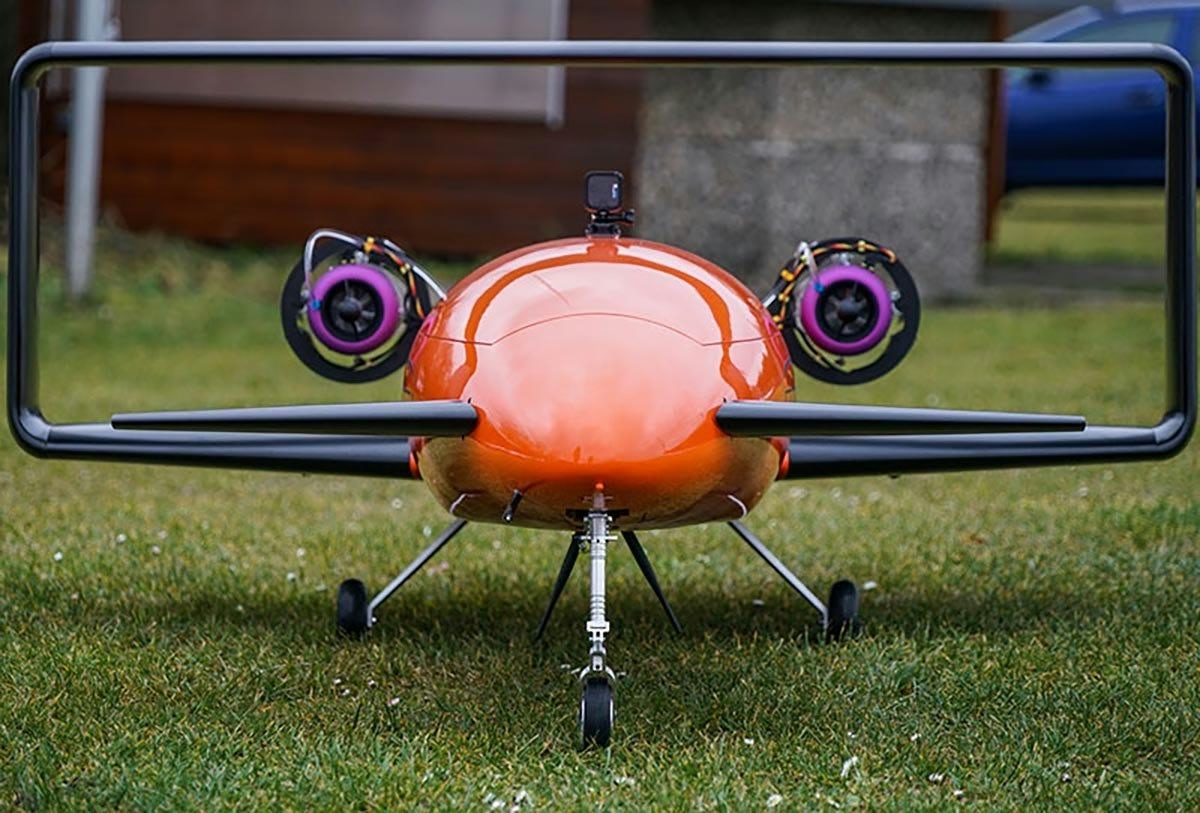
Iranian Inventor Develops Propeller-Free Propulsion System for Flying Taxis
A Novel Approach to Urban Air Mobility
Mohsen Bahmani, an Iranian-born mechanical engineer and seasoned inventor, has introduced an innovative propulsion system that could transform the future landscape of urban air transportation. Departing from the conventional reliance on propellers or jet engines, Bahmani’s design operates without either, instead utilizing the principles of Newton’s third law of motion, which states that every action has an equal and opposite reaction. This fundamental concept underpins the system’s unique method of generating lift and thrust.
Bahmani’s inventive career began at the age of 17 with the creation of floating shoes inspired by hovercraft technology, enabling users to walk on water. This invention earned him international recognition, including awards at invention fairs in Moscow, Romania, and Geneva, where he secured second place among more than 1,200 competitors. The success of this early innovation also led to a lucrative agreement with an Italian company, which acquired the rights for several million euros. Following his studies at Karaj Azad University in Tehran and the Karlsruhe Institute of Technology in Germany, Bahmani has now focused his expertise on developing what he terms the “reaction propulsion system.”
The Mechanics and Potential of the Reaction Propulsion System
Bahmani’s propulsion system functions by accelerating weighted blocks along a curved track, using the resulting centrifugal force to generate lift. This mechanism eliminates the need for noisy and polluting propellers or jet engines, offering a quieter, cleaner, and more efficient alternative. Such attributes are particularly advantageous for flying cars and drones intended to operate within densely populated urban areas, where noise pollution and environmental impact are critical concerns.
In an interview with bne IntelliNews, Bahmani emphasized the forward-looking nature of his work, stating, “Our team wants to develop technologies that not only work today but actively shape the future. Our goal is to redefine movement: quiet, sustainable, autonomous.” This vision aligns with the growing global interest in electric vertical takeoff and landing (eVTOL) vehicles, which promise to revolutionize urban transportation.
Challenges and Industry Context
Despite its innovative design and potential benefits, Bahmani’s propulsion system faces considerable hurdles before it can be commercialized. The regulatory landscape for new aviation technologies is complex and demanding, requiring extensive technical validation to ensure safety and operational efficiency. Moreover, the eVTOL market is highly competitive, with established companies such as Archer Aviation, Joby Aviation, and EHang investing heavily in their own propulsion technologies and vehicle designs.
Industry experts acknowledge the novelty of Bahmani’s approach but remain cautious, noting that widespread acceptance will depend on demonstrable advantages over existing systems. Should the reaction propulsion system prove viable, it could attract significant interest from investors and industry players alike. Established eVTOL manufacturers might explore partnerships or integration opportunities, while competitors could accelerate their own innovation efforts to maintain market leadership.
As Bahmani continues to refine his invention, the aviation and technology sectors watch closely to determine whether this propeller-free propulsion system will emerge as a foundational technology for next-generation urban air mobility or remain an ambitious experiment in the evolving quest to redefine flight.
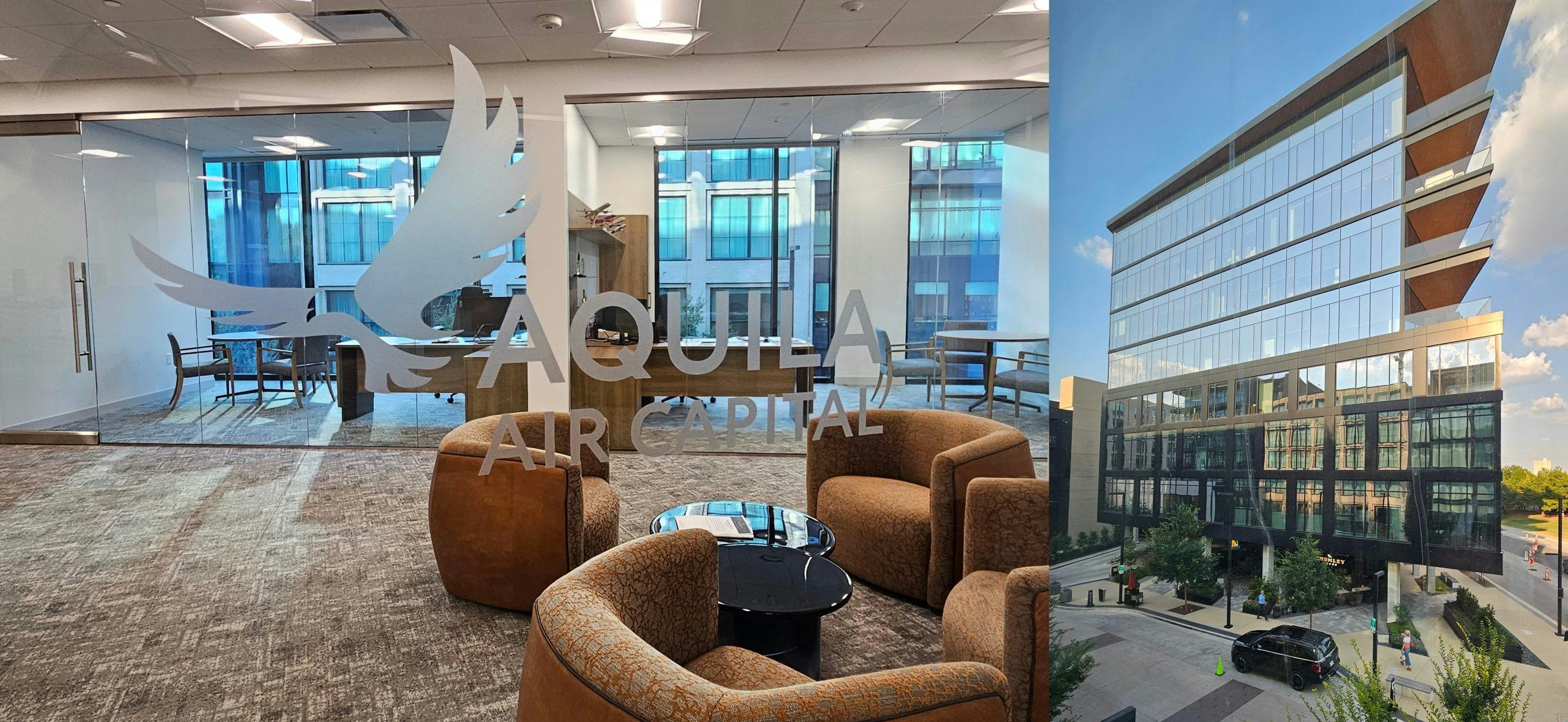
Irish Aircraft Leasing Firm Aquila Air Capital Opens U.S. Office in Fort Worth

Forecast for U.S. Commercial Fleet and MRO Growth Through 2026
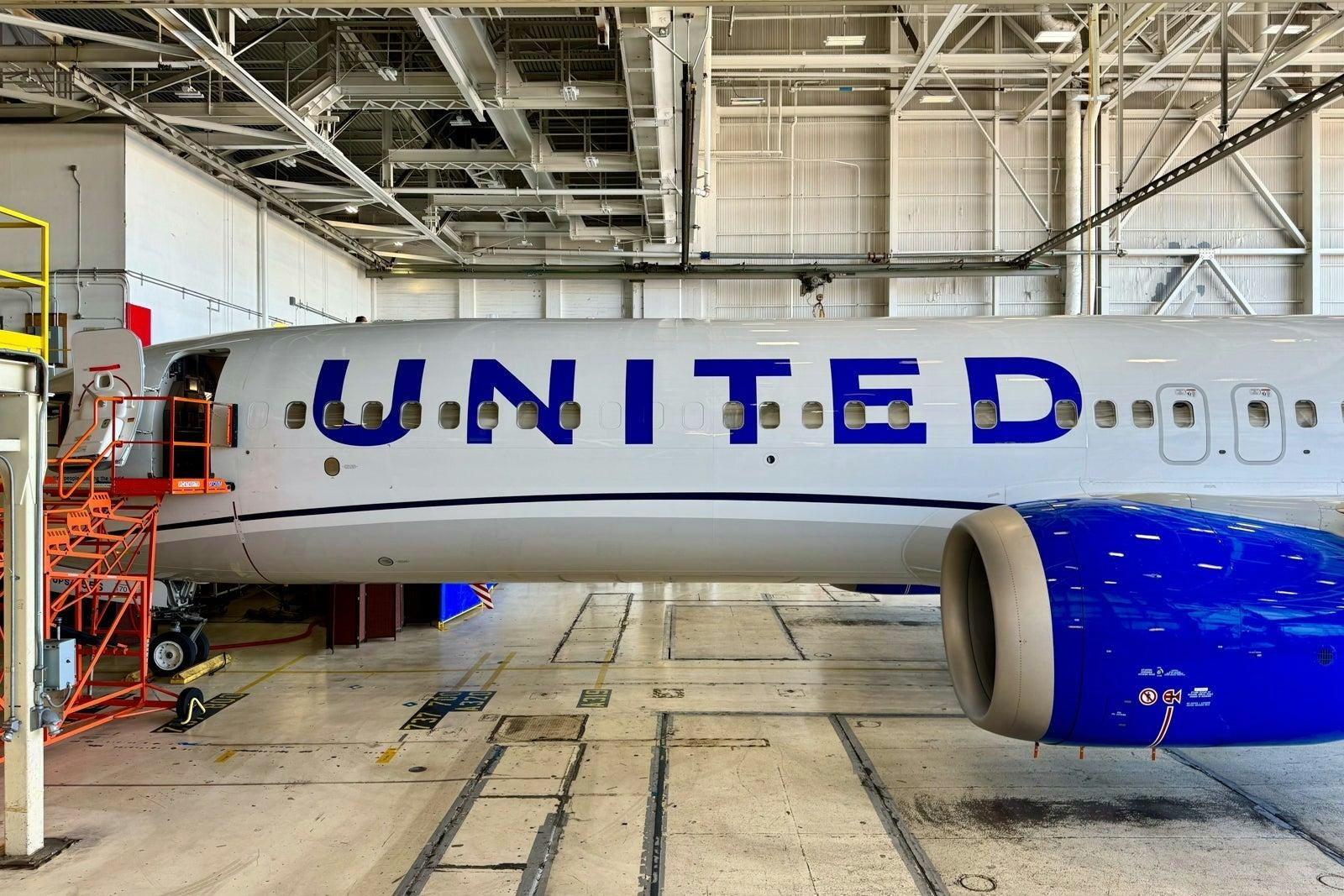
United Airlines CFO Says AI Has Led to 8% Job Cuts, More Expected
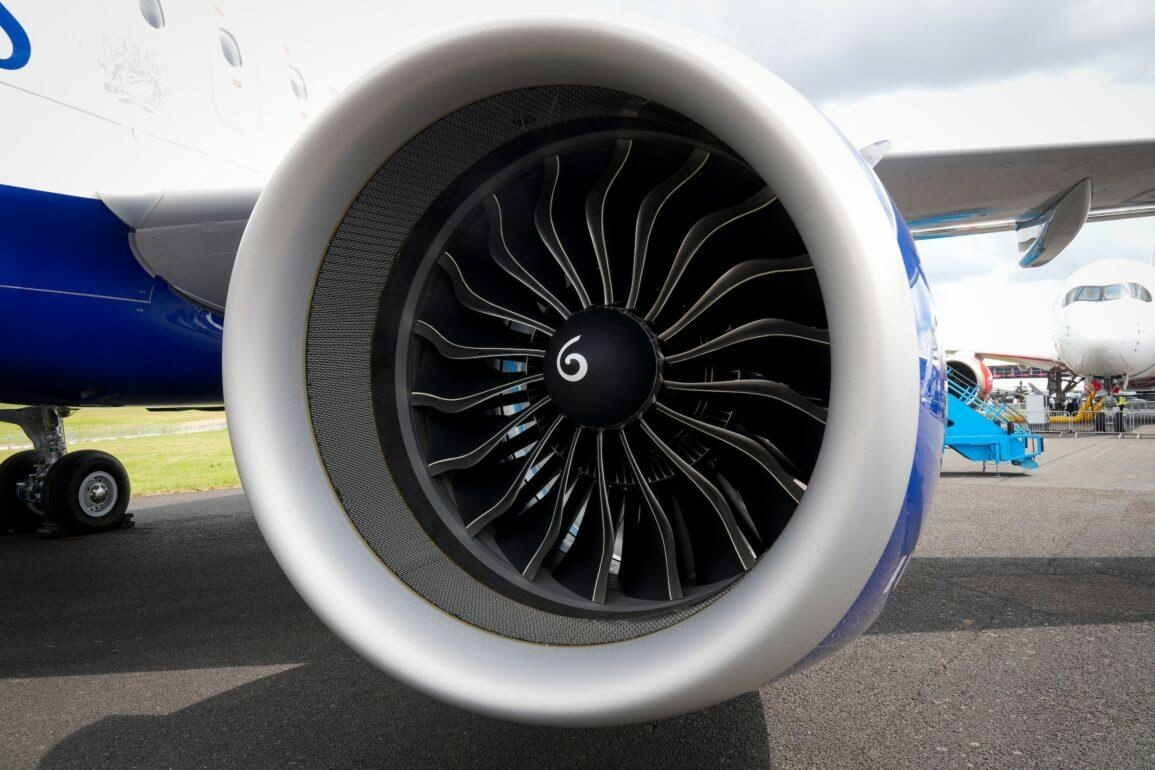
AerCap Holdings’ GE9X Engine Services Deal and Its Impact on Shareholders
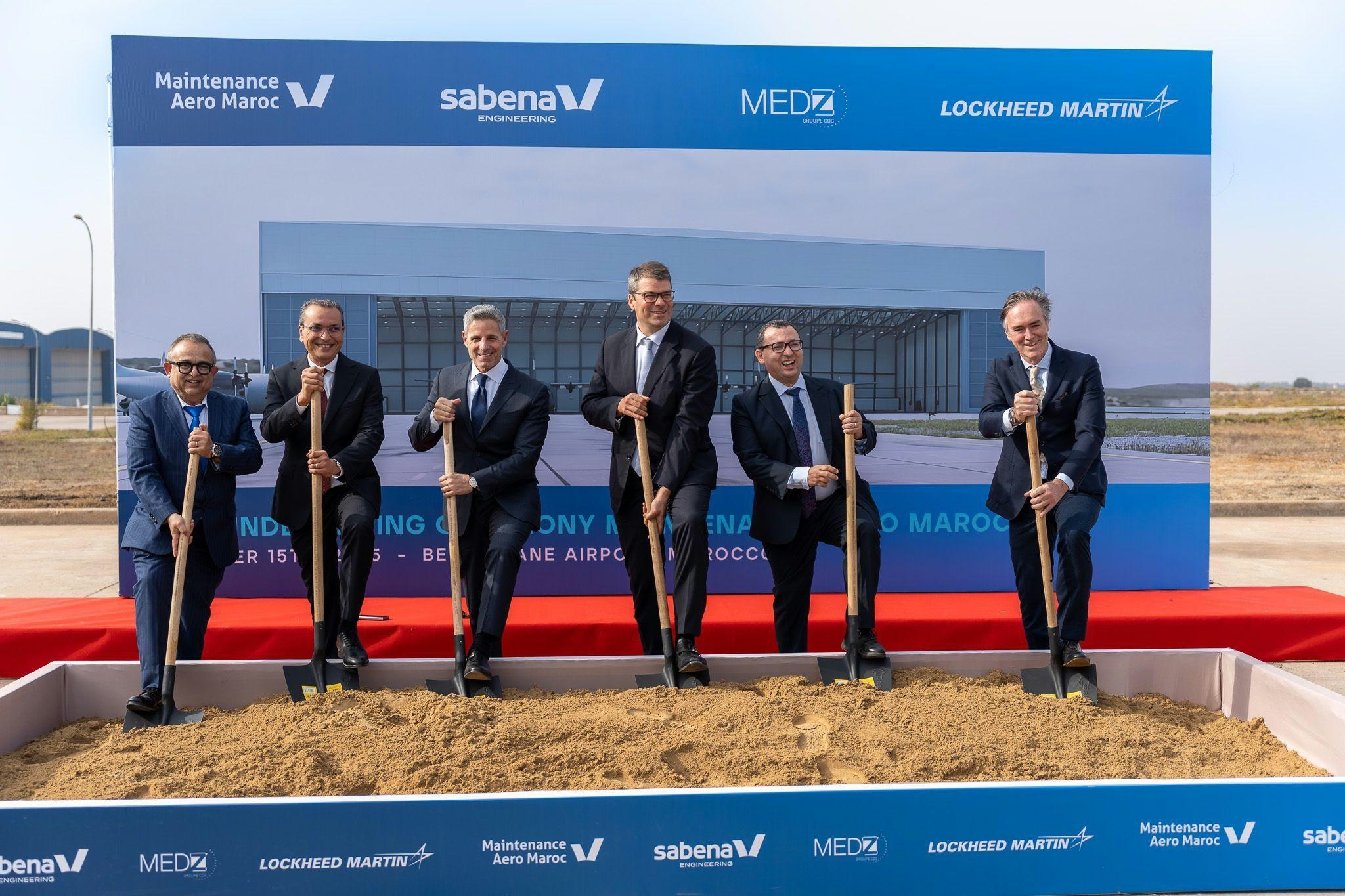
MAM Starts Construction of Maintenance Hangar for F-16 and C-130
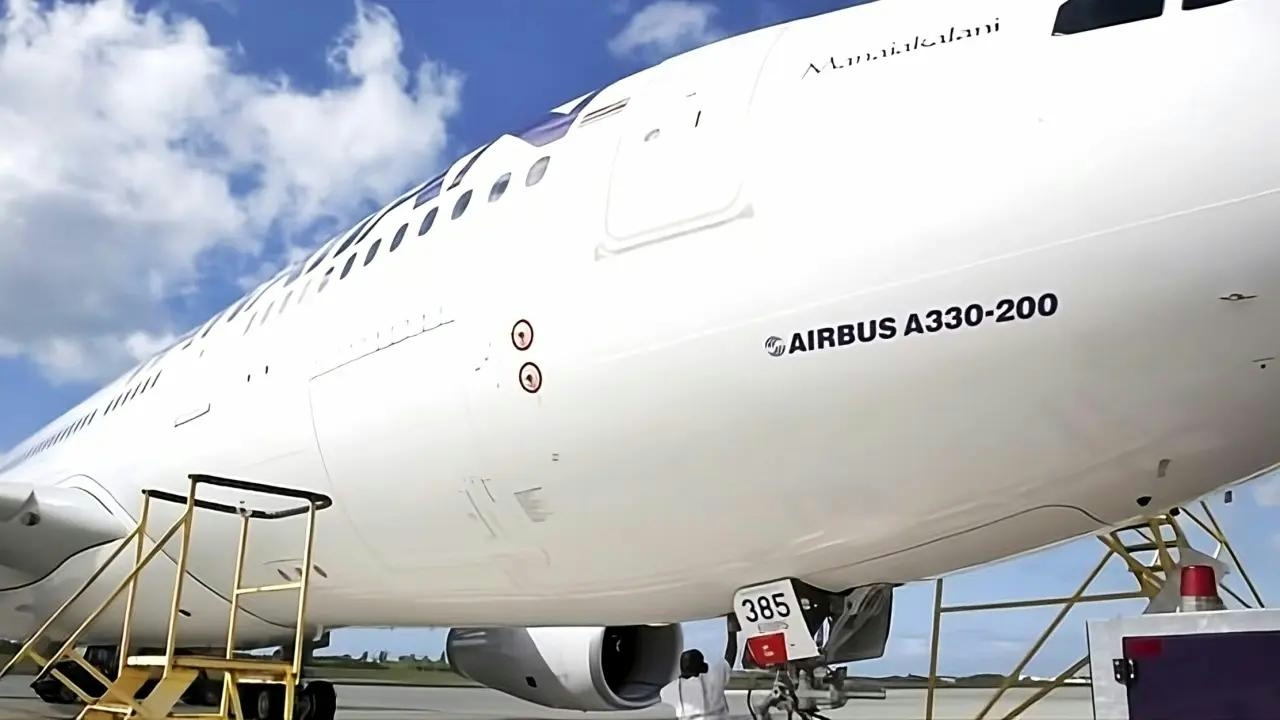
Why Low-Cost Airlines Rarely Use Widebody Aircraft
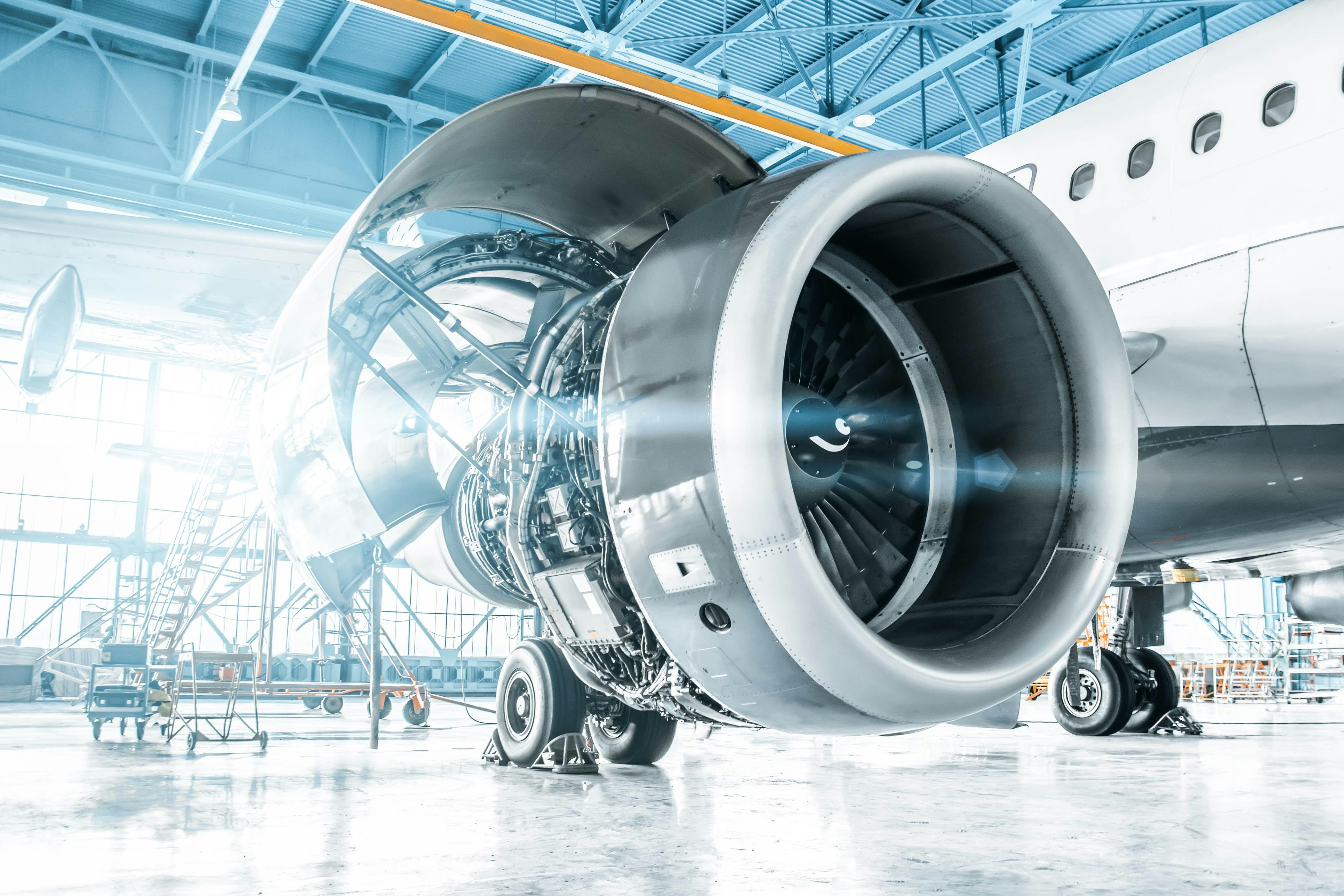
Encouraging Investment in Clean Aviation Innovation Through Risk Incentives
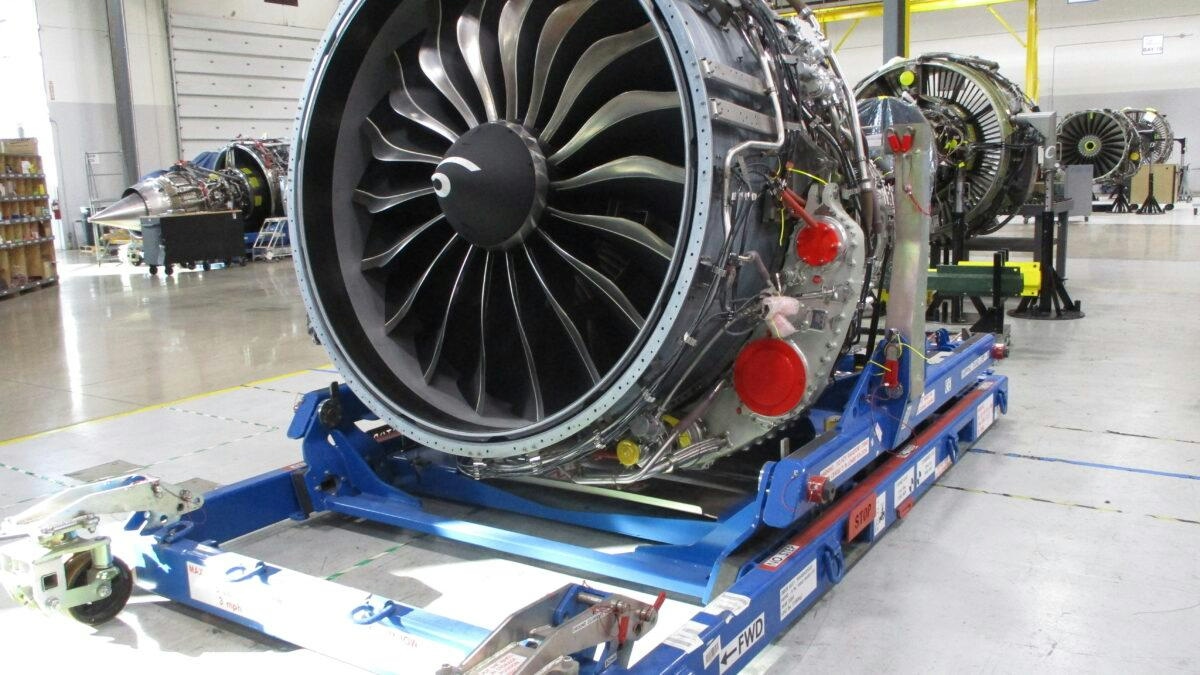
Prince Aviation secures first Indian MRO client

United Airlines CFO Says AI Has Eliminated 8% of Jobs, Outlines Future Cuts
